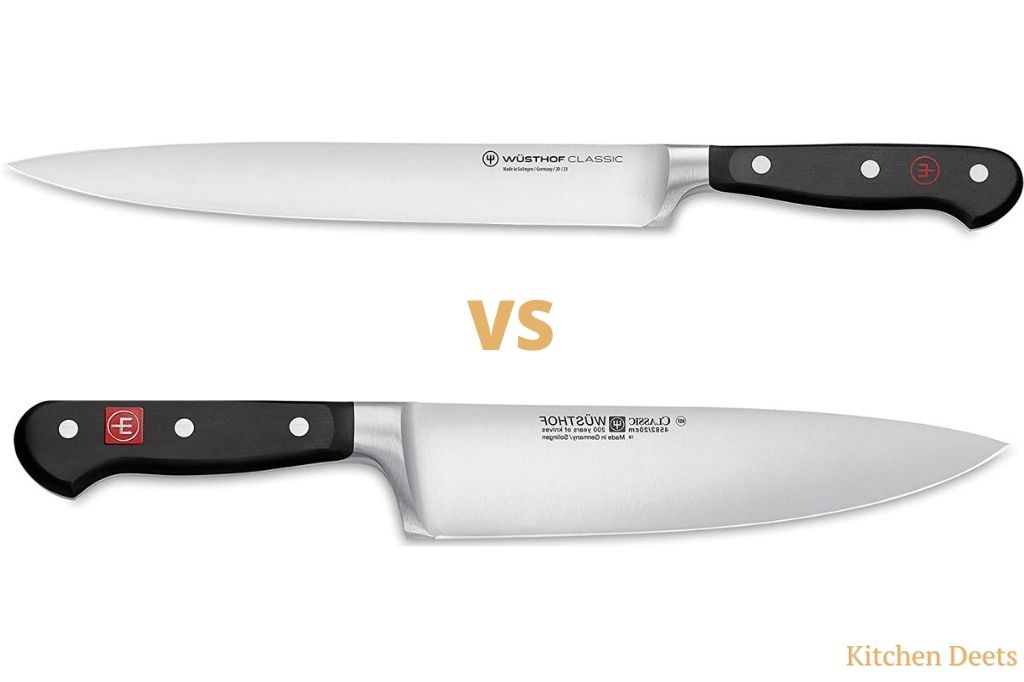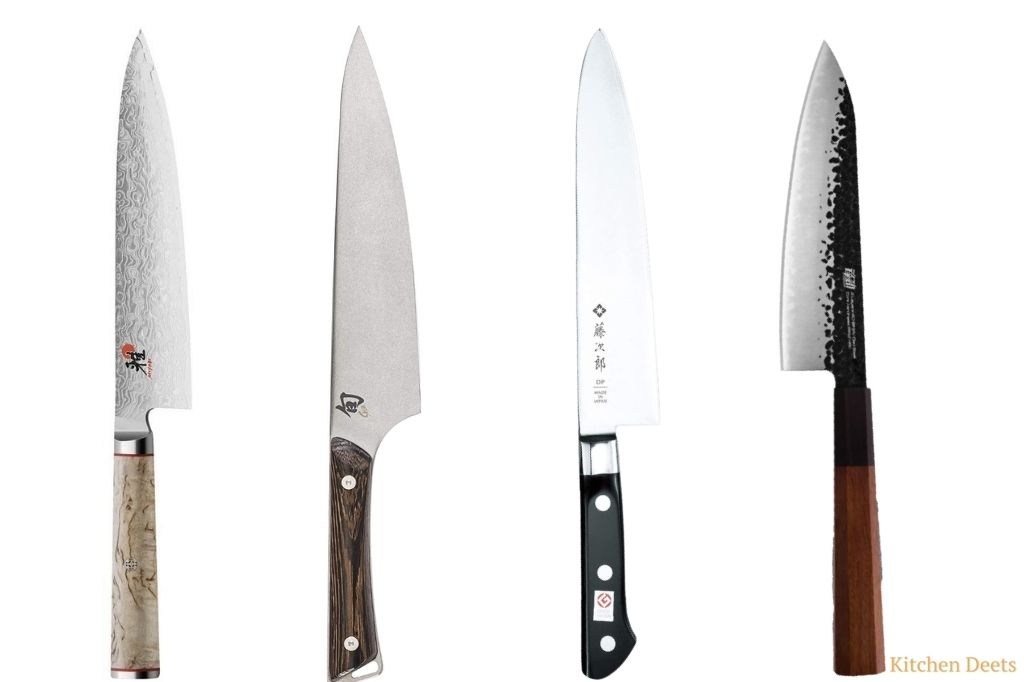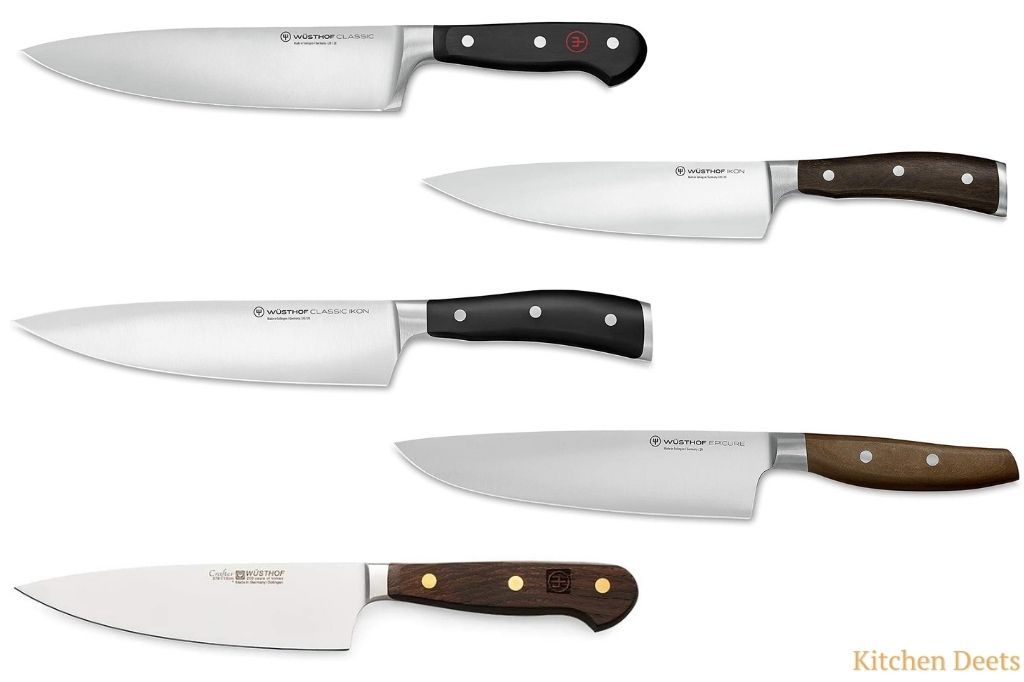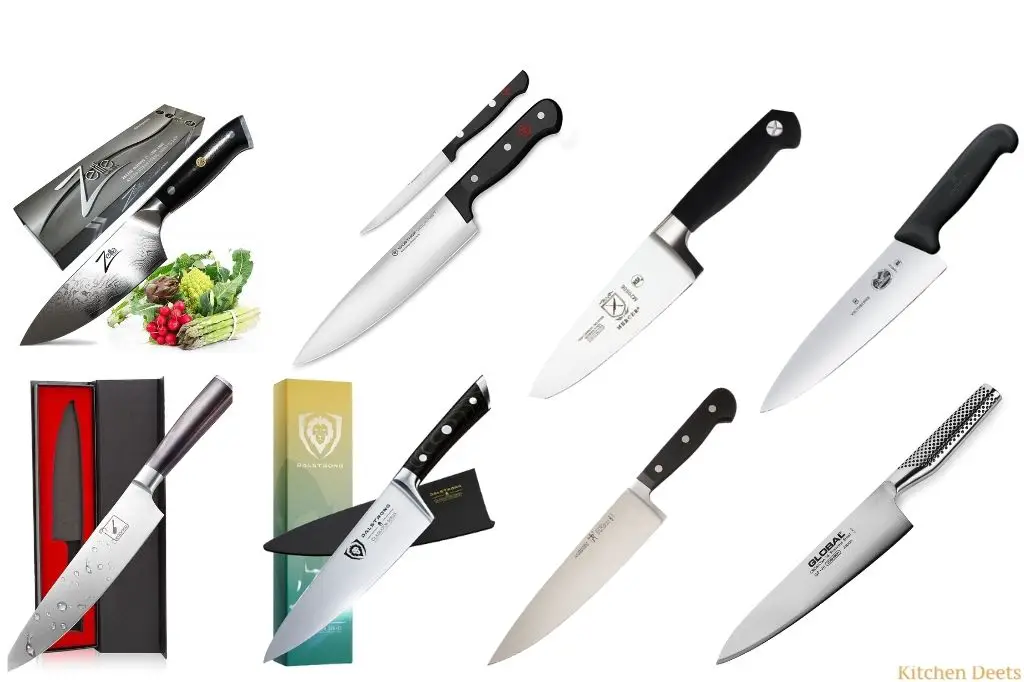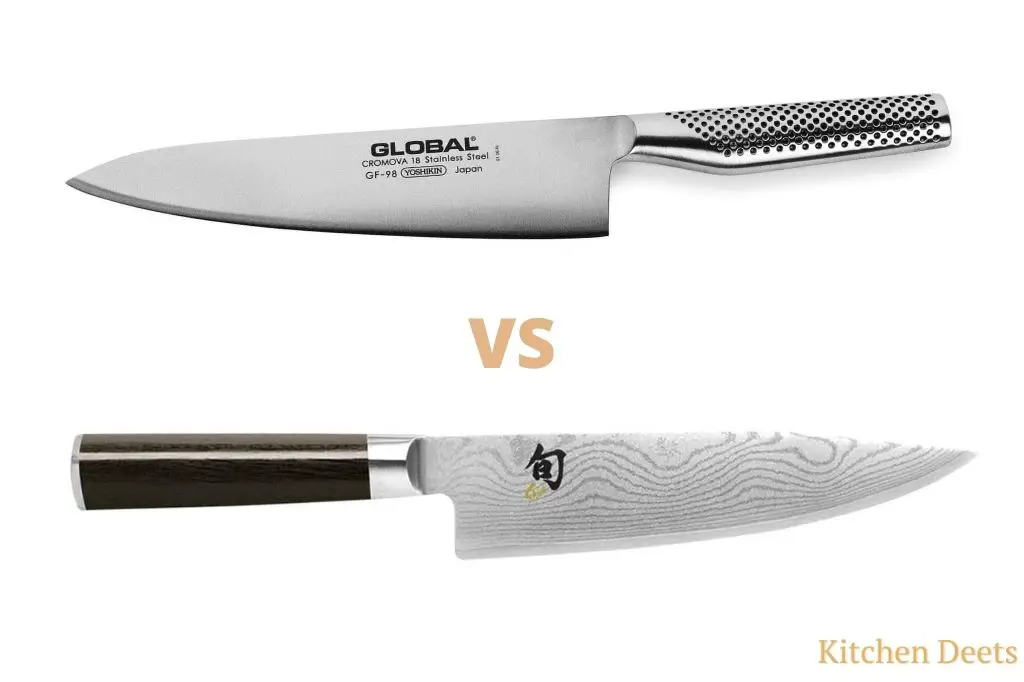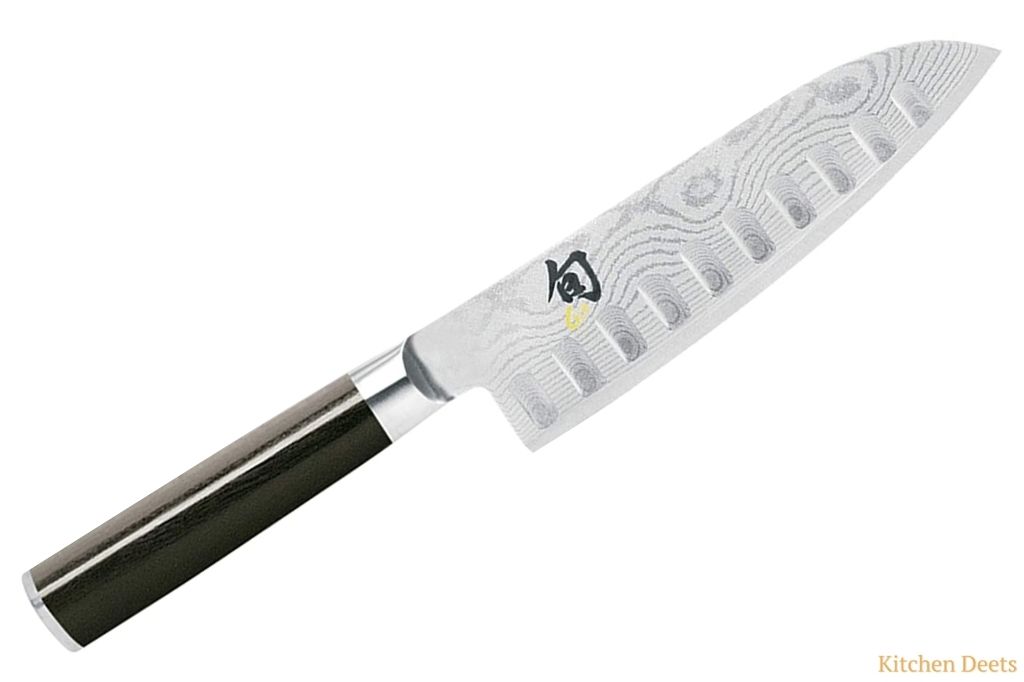Carving and chef knives are often used interchangeably, but there are actually some major differences between the two that can make them more suitable for particular tasks. If you’re planning on adding either of these knives to your kitchen collection, you’ll want to know the differences between carving and chef knives, in order to make sure you end up with the best one for your needs.
For most home chefs, picking out the perfect knife may seem like an overwhelming task.
But don’t worry, here’s what you need to know about Carving Knife Vs Chef knife to make sure you’re getting the right knife every time!
What is a Carving Knife?
A carving knife is a slicing knife used for carving meat.
It has a long blade with an angled tip to help you get right into a roast or ham, and it’s usually pretty thin so you can slice through thicker cuts of meat without having to go over them multiple times. The carving knife is usually not used to cut through bones.
What is a Chef Knife?
A chef knife is a knife Chefs use to slice, dice, mince and chop vegetables, fish and meat. Chef knives are usually shorter than carving knives but longer than utility knives. They also have thicker blades than carving knives do because they need to be able to handle all kinds of foods without getting damaged from being used incorrectly or cutting through something too hard.
It has a strong blade that can slice through tough foods without bending.
Carving Knife vs Chef Knife, What’s The Difference?

The main difference between carving knives and chef knives is their intended use. A carving knife is usually larger and thinner, making it suitable for cutting large cuts of meat off of a bone. A carving knife can be used to chop and dice vegetables and fish, but it’s not the best tool for those jobs because it’s not flexible enough to navigate all the curves and crevices of the food you’re cutting up.
A chef knife, on the other hand, is flexible enough to cut through any vegetable or fish, yet still holds its edge well enough to do a good job with your meats as well.
Check out our article on Santoku vs Chef Knife
Size of Knives:
Carving knives come in different sizes and shapes. The blade on some of these can be very long. This makes them ideal for cutting large pieces of meat into smaller slices. If you are preparing a certain roast or turkey than carving knives are the best choice for you. Carving knives look very decorative and aesthetically appealing. They are usually around 9-12 inches in length and have a pointy tip.
A chef knife, on the other hand, is an all-purpose knife that’s used in the kitchen to chop, slice, and dice food. The length is typically 6-10 inches, but the size varies based on the model. Chef knife is one of the most used utensils in the kitchen, especially for cutting vegetables.
Blade of Knives:
The biggest difference between the carving knives and the chef knives is the size of the blade. The blade on a carving knife is longer and thinner, whereas a chef knife is wider and shorter.
Both of these knives have been designed for different uses. A carving knife will offer the user more control over their cuts, while a chef knife offers more power behind their strokes due to the larger surface area of the blade.
Check out our article on Wüsthof vs Victorinox
Different Uses:
A Chef Knife use:
- Cutting, dicing, and slicing vegetables and fruits.
- Slicing through meat and fish
- Garlic mincing
- Peeling off fruits.
- Chopping Herbs.
- Many different tasks.
A Carving Knife use:
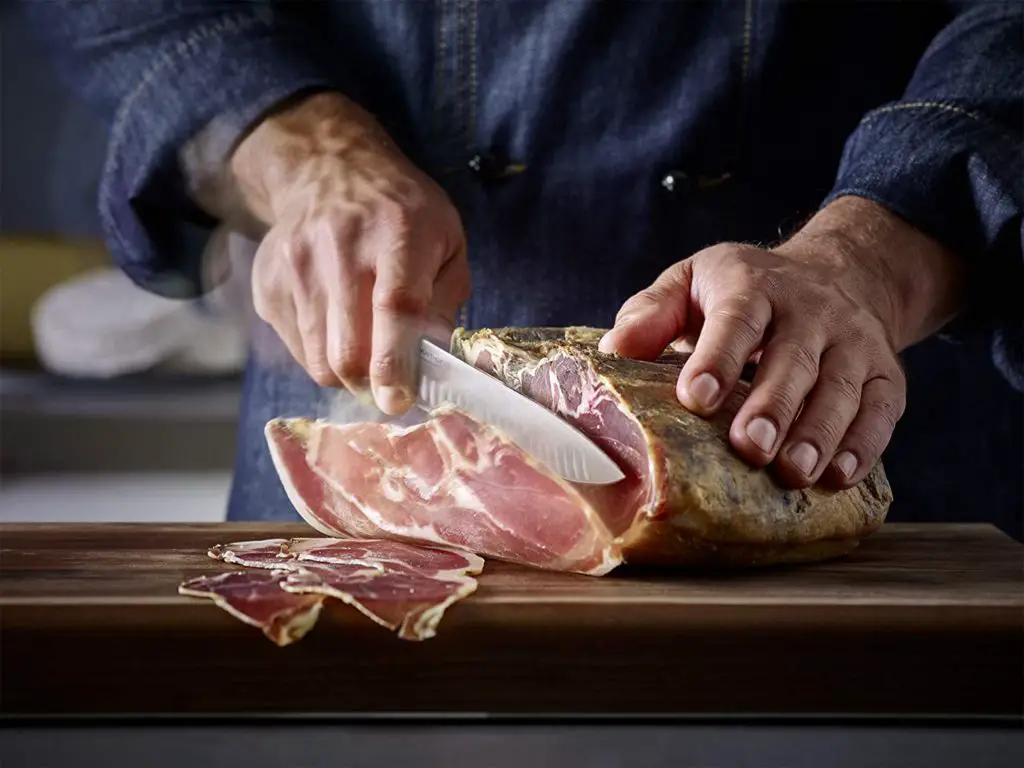
- Slicing tough pieces of meat such as roasted turkey, chicken.
- Some branded carving knives can also cut bread.
- Carving knives can cut vegetables and fruits but they are not as efficient as Chef Knives.
Check out our article on Japanese vs German Knives
Weight of Knives:
Carving knives are slightly heavier than other types of knives. This is because they are ideal to cut large portions of meat, poultry, and fish. On average, a carving knife weighs between six and eight ounces. The average chef knife weighs about five to six ounces on average.
Not only do heavier knives allow for better cutting power but also provide greater safety in terms of handling heavier meats and fish with less effort than lighter blades.
Price of Knives:
Because carving knives are made to slice through meats, they’re usually more expensive than regular chef knives. A top-quality carving knife might cost over $100, while a top-quality chef knife might cost about $40 to $80. On average, both kinds of knives will run you about $70.
Handle of Knives:
The handle of carving knife is curved to fit your hand well. The handle of chef knife, on other hand, is straight and smaller than carving knife’s handle. However, both handles feature wood or composite wood, which is easy to clean and maintain.
Cleaning of Knives:
After using a carving or chef knife, you have to clean it as soon as possible. In order to avoid germs, don’t put it in a utensil drawer but wash with warm water. Be sure that you dry it off with a soft towel. If the blade edges are not clean and dry before you store your knife, bacteria will develop and will make rust spots on the blade.
Keeping your knives in top working order will make you feel more comfortable in the kitchen and help you make better food.
Storing of Knives:
Carving knives are designed for cutting large meats. So if you were to store it improperly, these knives would dull quickly. You can store your carving knife in a wooden block or on a magnetic strip.
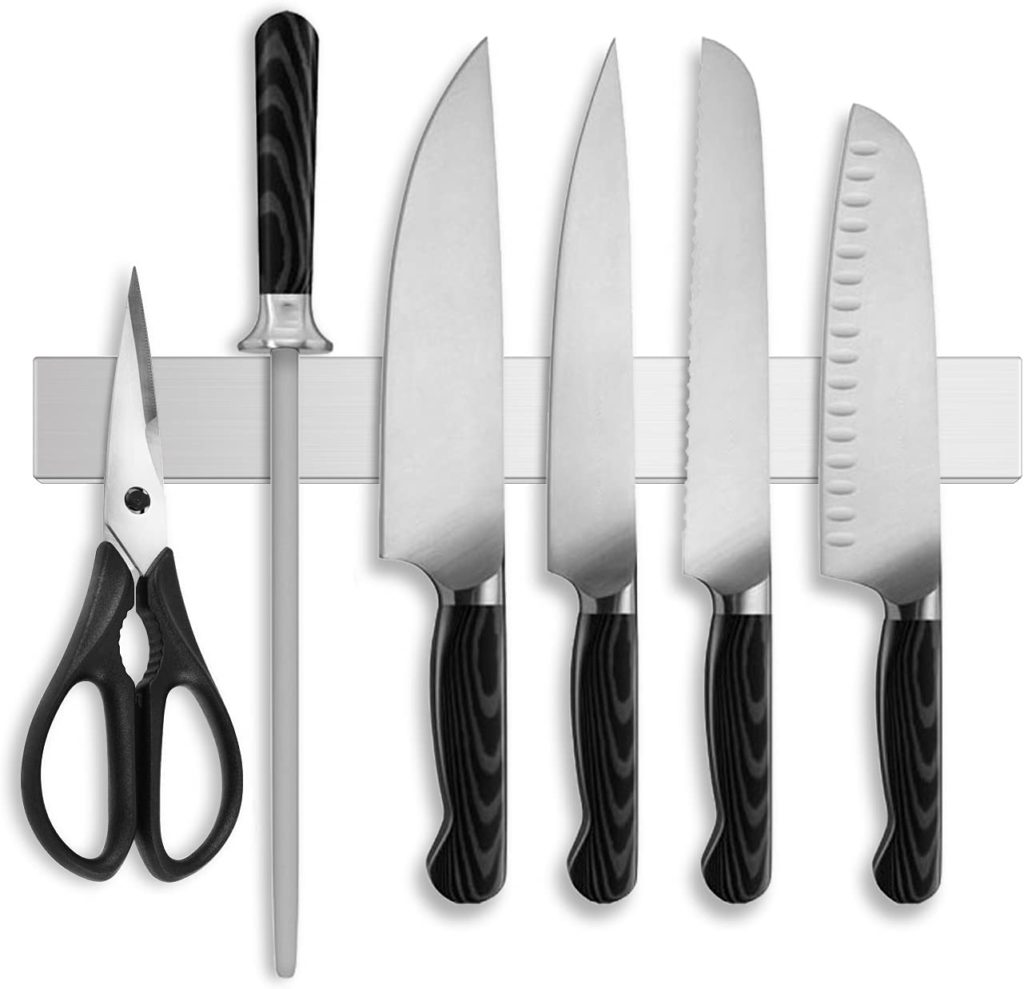
On the other hand, storing a chef’s knife can be challenging because of its high-quality steel. Steel is stronger than most other metals, which is what gives it an edge. But it also means that it’s more brittle and prone to cracking or breaking under pressure. Use extreme care when storing your chef knife so that you don’t bend or break it.
Sharpening of Knives:
For both carving and chef knives, hand sharpening is usually sufficient. However, professionals typically take their knives to a professional sharpener.
If you do choose to sharpen your knives at home, keep in mind that knife sharpening devices vary widely in quality. The most important thing is to find one that produces an edge straight across your blade.
Check out our article on Kiritsuke vs Chef knife
Final Thoughts on Carving vs Chef Knife:
The kind of knife you need depends on what you plan to do with it. The best way to choose between carving and chef knives is to evaluate the tasks you require from the knives and decide which type suits your needs better.
If you plan to cut meat such as beef, pork, lamb, and turkey. A carving knife is ideal for you. However, if you’re looking for a knife that can chop and slice vegetables, fruits, fish, and even meat. A chef’s knife is more than enough!
